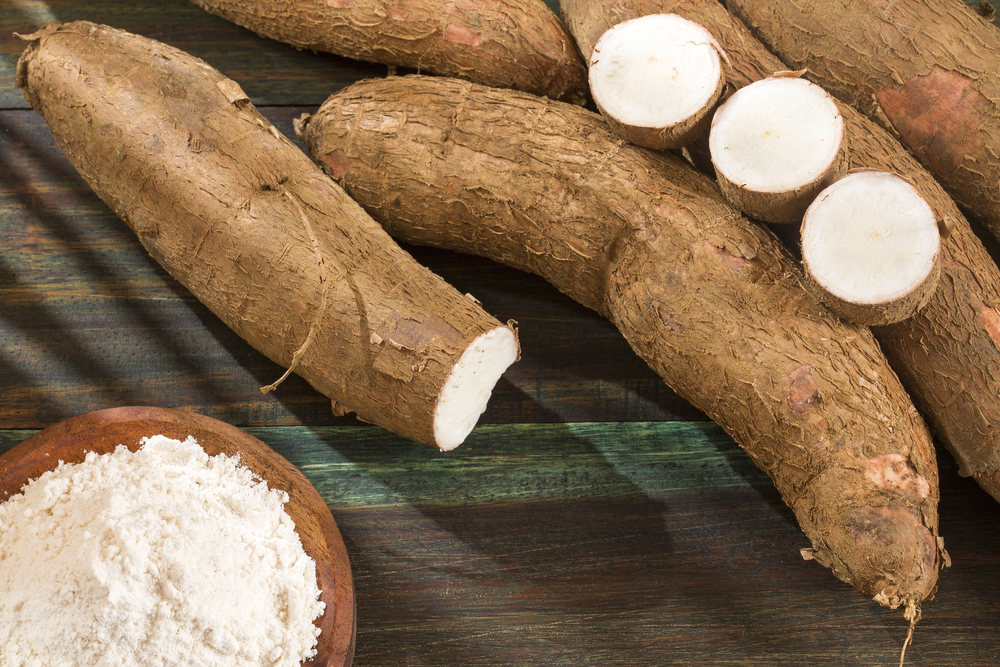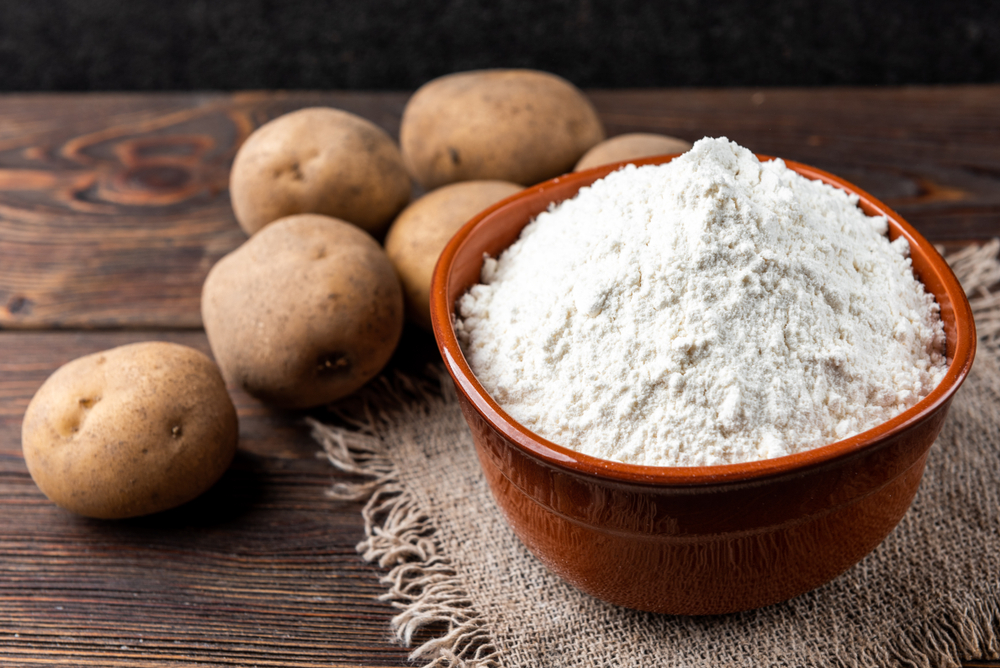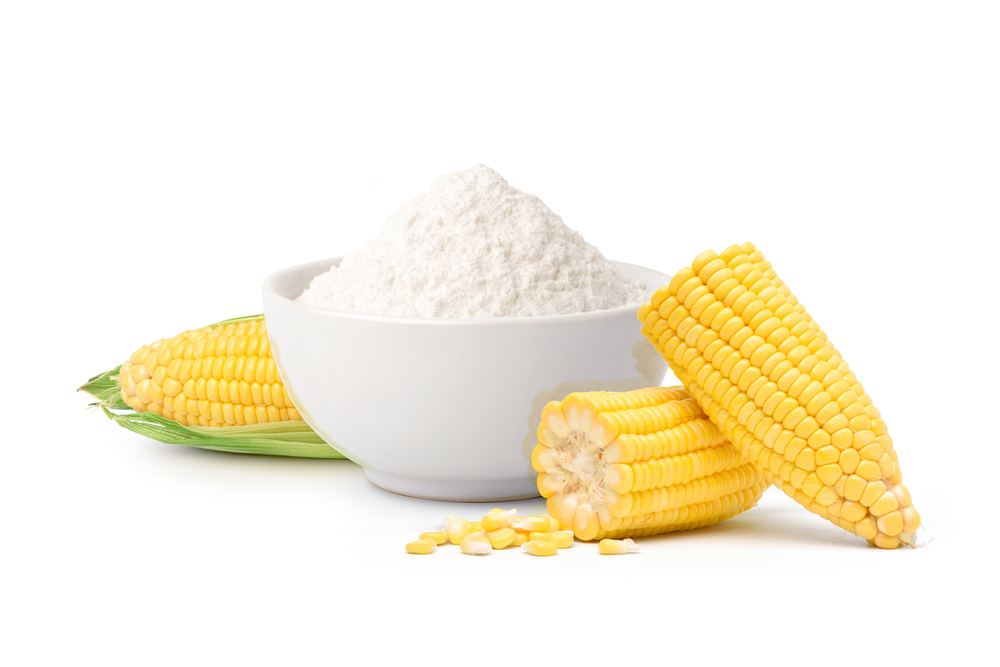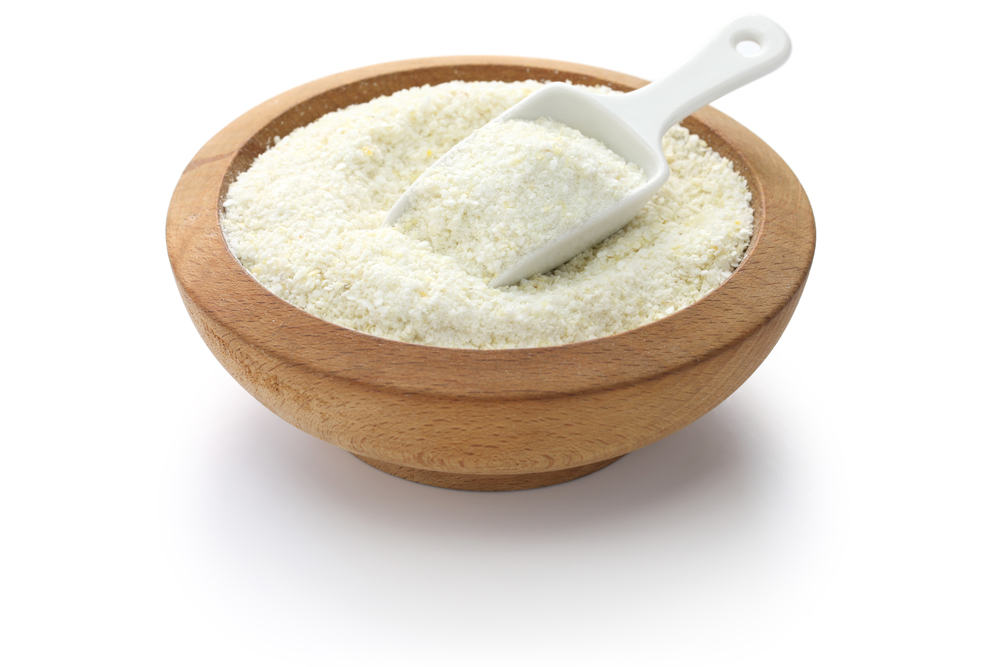Rice flour is a staple ingredient in many cuisines worldwide, especially in Asian cuisine. It is a versatile ingredient used in dishes ranging from noodles to pastries.
However, it may not be readily available in some areas or may not be suitable for certain dietary needs. This is where substitutes for rice flour come in handy.
There are several substitutes for rice flour that can be used in both cooking and baking. Some of the most common substitutes include cornstarch, all-purpose flour, tapioca flour, and potato starch.
These substitutes can be used in equal amounts as rice flour and can provide similar results in terms of texture and flavor. However, it is important to note that each substitute has its unique characteristics that may affect the final product.
Key Takeaways
- Rice flour is a versatile ingredient used in many cuisines worldwide.
- Several substitutes for rice flour can be used in cooking and baking.
- Each substitute has its unique characteristics that may affect the final product.
Understanding Rice Flour

Rice flour is a type of flour made from finely milled rice. It is a popular ingredient in many gluten-free and grain-free recipes, as it is a good alternative to wheat flour. Rice flour is available in different varieties, including white rice flour, brown rice flour, and glutinous rice flour.
White rice flour is made from polished white rice and has a mild flavor. It is the most commonly used type of rice flour and is suitable for recipes that require a light texture, such as cakes, cookies, and pastries.
Brown rice flour is made from whole grain brown rice and has a nuttier flavor than white rice flour. It is a good source of protein and nutrients, making it a healthier alternative to white rice flour. Brown rice flour is suitable for recipes that require a denser texture, such as bread and noodles.
Glutinous rice flour, also known as sweet rice flour, is made from glutinous rice and has a sticky texture. It is commonly used in Asian cuisine to make desserts, such as mochi and rice cakes.
Rice flour is naturally gluten-free, making it a great alternative for those with gluten intolerance or celiac disease. However, it is important to note that some rice flour products may be cross-contaminated with gluten during processing.
It is best to look for rice flour that is labeled gluten-free to ensure that it is safe for those with gluten intolerance.
Overall, rice flour is a versatile ingredient that can be used in a variety of recipes. It is important to choose the right type of rice flour based on the recipe’s requirements and to ensure that it is safe for those with gluten intolerance.
Common Uses of Rice Flour
Rice flour is a versatile ingredient that can be used in a variety of ways. It is commonly used in Asian and Indian cuisine, but it has also become a popular ingredient in gluten-free baking and cooking.
Here are some of the most common uses of rice flour:
Baking
Rice flour can be used in non-yeast baked goods, such as cakes, cookies, and bread. It is a great alternative to wheat flour for those who are gluten intolerant. When using rice flour in baking, it is important to note that it does not contain gluten, which means it will not rise like wheat flour.
Therefore, it is often used in combination with other gluten-free flours, such as potato starch, tapioca flour, or cornstarch, to achieve a better texture and rise.
Frying and Coating
Rice flour is a great substitute for wheat flour when it comes to frying and coating. It can be used to make crispy tempura batter, fried chicken, and other fried foods. Rice flour is also commonly used to coat fish and seafood before frying.
When using rice flour for frying or coating, it is important to note that it does not brown as well as wheat flour. Therefore, it is often used in combination with other flours, such as cornmeal or breadcrumbs, to achieve a better color and texture.
Sauces and Thickening
Rice flour is an excellent thickening agent for sauces and gravies. It can be whisked into a cooking sauce and will work its magic without adding any unwanted flavor. Rice flour can also be used to thicken soups and stews.
When using rice flour for thickening, it is important to note that it can clump together if not whisked properly. Therefore, it is recommended to mix the rice flour with a small amount of cold water before adding it to the hot liquid.
Noodles and Mochi
Rice flour is the main ingredient in many Asian noodles, such as rice noodles and udon noodles. It is also used to make mochi, a sweet Japanese rice cake. When making noodles or mochi with rice flour, it is important to note that the dough can be sticky and difficult to work with.
Therefore, it is recommended to dust the work surface and hands with cornstarch or potato starch to prevent sticking.
In conclusion, rice flour is a versatile ingredient that can be used in a variety of ways. It is a great substitute for wheat flour in gluten-free baking and cooking, and it is commonly used in Asian and Indian cuisine.
Whether you are baking, frying, thickening, or making noodles, rice flour is a great ingredient to have in your pantry.
Why Substitute Rice Flour

There are several reasons why someone might choose to substitute rice flour in their recipes.
Here are a few:
Dietary Restrictions
People with certain dietary restrictions may need to avoid rice flour. For example, those with a gluten intolerance or celiac disease cannot consume rice flour if it has been processed in a facility that also processes wheat products. Additionally, some people may need to avoid rice flour due to a rice allergy.
Gluten-Free Flour Option
Rice flour is often used as a gluten-free flour option, but there are other flours that can be used as a substitute. For example, almond flour, coconut flour, and chickpea flour are all gluten-free and can be used in place of rice flour in certain recipes.
Healthy Fats
Rice flour is a low-fat flour option, which can be beneficial for those looking to reduce their fat intake. However, there are other flour options that provide healthy fats, such as almond flour and coconut flour.
Low Glycemic Index
Rice flour has a high glycemic index, which means it can cause a rapid increase in blood sugar levels. For those looking to manage their blood sugar levels, there are other flour options with a lower glycemic index, such as almond flour and coconut flour.
Overall, there are several reasons why someone might choose to substitute rice flour in their recipes. Whether it’s due to dietary restrictions, a desire for a gluten-free flour option, a preference for healthy fats, or a need to manage blood sugar levels, there are plenty of alternative flours available to choose from.
Substitutes in Baking
When it comes to baking with rice flour substitutes, there are a variety of options available. Whether you’re looking to create gluten-free baked goods or simply looking for a different type of flour to use in your recipes, there are many choices to consider.
One of the most popular substitutes for rice flour in baking is cake flour. Cake flour is a low-protein flour that is finely milled, resulting in a lighter and more tender texture in baked goods. It is often used in cakes, quick breads, and pastries. However, it is not gluten-free, so it may not be suitable for those with gluten sensitivities.
For gluten-free baking, there are a variety of flours that can be used as substitutes for rice flour. Some of the most popular options include almond flour, coconut flour, and tapioca flour. These flours are all gluten-free and can be used in a variety of baked goods, including cakes, pies, and pastries.
When using a substitute flour in baking, it is important to keep in mind that the texture and flavor of the finished product may be slightly different than when using rice flour. It may take some experimentation to find the right combination of flours to achieve the desired texture and flavor.
In addition to using a substitute flour, other ingredients can be adjusted to help achieve the desired texture and flavor in baked goods. For example, adding butter to a recipe can help to create a tender and moist texture in cakes and pastries.
Overall, there are many options available when it comes to substituting rice flour in baking. With a little experimentation and some adjustments to ingredients, it is possible to create delicious and satisfying baked goods using a variety of different flours.
Substitutes in Cooking
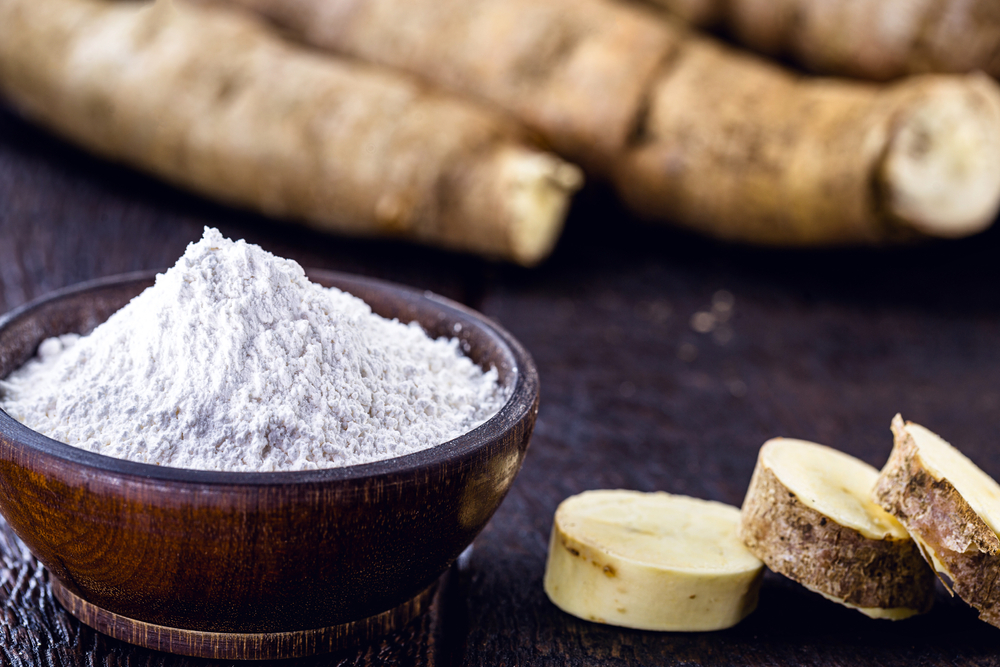
When it comes to cooking, rice flour can be substituted with a variety of other flours. Some of the best substitutes for rice flour in cooking are cornstarch, potato flour, tapioca flour, and chickpea flour.
Cornstarch is a great substitute for rice flour when it comes to thickening sauces, soups, stews, and gravies. It can also be used as a coating for fried foods. It is gluten-free and works well in recipes that require a smooth, glossy finish. However, cornstarch should not be used as a thickening agent for acidic sauces, as it can break down and lose its thickening properties.
Potato flour is another good substitute for rice flour in cooking. It is made from peeled, dried white potatoes and can be used in recipes that require a crispy texture, such as fried foods. It is also a great thickening agent for soups and stews. However, potato flour has a strong flavor and should be used in moderation.
Tapioca flour is a gluten-free flour that can be used as a thickening agent in sauces, soups, and stews. It is also a good substitute for rice flour in baking, as it adds a chewy texture to recipes. Tapioca flour should be used in small amounts, as it can make recipes too sticky or gummy.
Chickpea flour is a versatile flour that can be used in a variety of recipes. It is a good substitute for rice flour in recipes that require a nutty flavor, such as kimchi. Chickpea flour can also be used as a thickening agent in soups and stews. However, it should not be used in recipes that require a smooth, glossy finish, as it can make recipes gritty.
Overall, there are many substitutes for rice flour in cooking, and the best one to use depends on the recipe and the desired outcome. By experimenting with different flours, cooks can find the perfect substitute for their needs.
Detailed Look at Substitutes

When it comes to finding a substitute for rice flour, there are many options available. Each of these substitutes has its own unique properties, and some may work better than others depending on the recipe and desired outcome.
Here’s a closer look at some of the most popular substitutes:
- Cornstarch: This is one of the most commonly used substitutes for rice flour. Cornstarch is gluten-free and mostly tasteless, making it a versatile option that can be used for deep frying, thickening, and baking.
- Chickpea flour: Also known as garbanzo bean flour, this substitute is high in protein and fiber. It has a nutty flavor and works well in recipes that call for a dense texture, such as pancakes and bread.
- Tapioca flour/starch: This is a popular substitute for rice flour in gluten-free baking. Tapioca flour is made from the cassava root and has a slightly sweet flavor. It works well for thickening sauces and can also be used in baked goods.
- All-purpose flour: This is a versatile substitute that works well in most recipes. However, it is not gluten-free, so it may not be suitable for those with gluten sensitivities or celiac disease.
- Sorghum flour: This substitute is high in protein and fiber and has a slightly sweet flavor. It works well in recipes that call for a dense texture, such as bread and muffins.
- Coconut flour: This is a popular substitute for rice flour in gluten-free baking. Coconut flour is high in fiber and has a slightly sweet flavor. It works well in recipes that call for a light, fluffy texture, such as cakes and muffins.
- Almond flour: This substitute is made from ground almonds and is high in protein and healthy fats. It has a nutty flavor and works well in recipes that call for a dense texture, such as bread and cookies.
- Potato starch: This is a gluten-free substitute that works well for thickening sauces and can also be used in baked goods.
- Wheat flour: This is not a gluten-free option, but it is a versatile substitute that works well in most recipes.
- Millet flour: This substitute is high in protein and fiber and has a slightly nutty flavor. It works well in recipes that call for a dense texture, such as bread and muffins.
- Oat flour: This is a gluten-free option that works well in recipes that call for a light, fluffy texture, such as cakes and muffins.
- Potato flour: This is a gluten-free option that works well in recipes that call for a dense texture, such as bread and pancakes.
- Arrowroot powder: This is a gluten-free option that works well for thickening sauces and can also be used in baked goods.
- Buckwheat flour: This substitute is high in protein and fiber and has a slightly nutty flavor. It works well in recipes that call for a dense texture, such as bread and pancakes.
- Tapioca starch: This is a gluten-free option that works well for thickening sauces and can also be used in baked goods.
- Quinoa: This is a gluten-free option that works well in recipes that call for a light, fluffy texture, such as cakes and muffins.
- Cassava root: This is a gluten-free option that works well in recipes that call for a dense texture, such as bread and pancakes.
- Bob’s Red Mill: This is a brand that offers a variety of gluten-free flours and baking mixes, including substitutes for rice flour. Their products are widely available in stores and online.
Nutritional Comparison
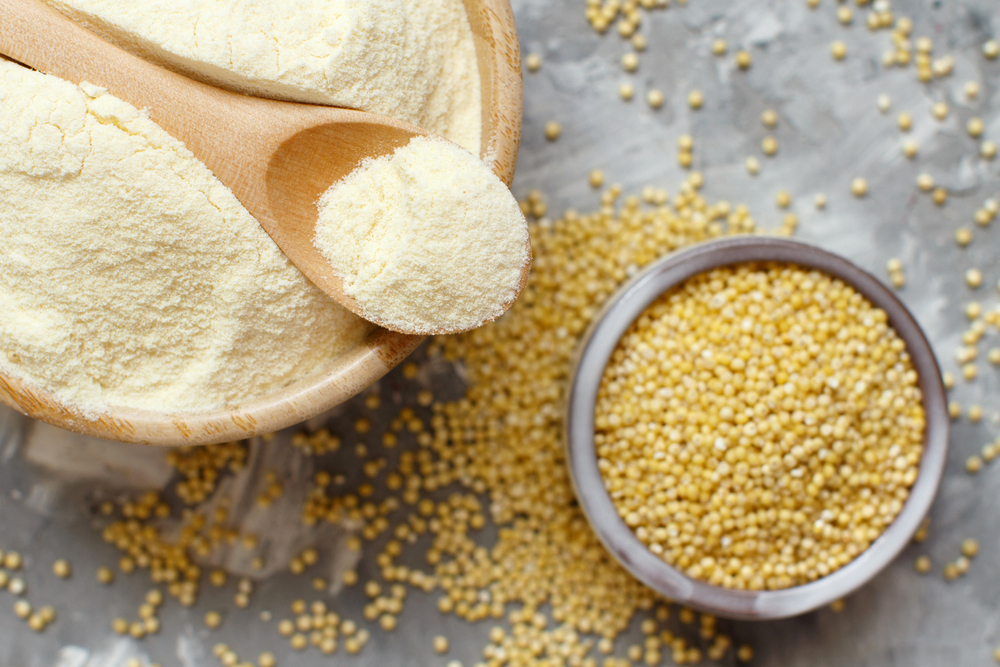
When comparing rice flour to its substitutes, it is important to consider the nutritional value of each option. Here is a brief comparison of some key nutrients found in rice flour and its substitutes:
Carbs
Rice flour is a high-carb ingredient, with around 80 grams of carbohydrates per 100 grams. Some of its substitutes, such as almond flour and coconut flour, have significantly lower carb counts, with around 20-25 grams per 100 grams.
Potassium
Potassium is an important mineral that helps regulate blood pressure and supports heart health. Rice flour is a good source of potassium, with around 300 milligrams per 100 grams. Other substitutes, such as cornstarch and tapioca flour, have lower levels of potassium.
Nutritional Value
Overall, rice flour is a relatively nutritious ingredient, with a good balance of macronutrients and micronutrients. Its substitutes vary in nutritional value, with some being higher in certain nutrients (such as protein or fiber) and lower in others.
Vitamins and Minerals
Rice flour is a good source of several vitamins and minerals, including thiamin, niacin, and iron. Its substitutes also contain varying levels of these nutrients. For example, almond flour is high in vitamin E, while coconut flour is rich in iron and manganese.
Zinc, Calcium, Magnesium, and Folate
Rice flour is a good source of zinc, with around 1.2 milligrams per 100 grams. Its substitutes vary in their levels of zinc, calcium, magnesium, and folate. For example, buckwheat flour is high in magnesium, while quinoa flour is a good source of folate.
Overall, there are many healthy substitutes for rice flour that can be used in a variety of recipes. When choosing a substitute, it is important to consider not only its taste and texture, but also its nutritional value and how it fits into your overall diet.
Texture and Flavor Comparison
When substituting rice flour, it is important to consider the texture and flavor of the substitute. Different substitutes have varying textures and flavors that can affect the outcome of the recipe. Here is a comparison of some common substitutes for rice flour:
Cornstarch
Cornstarch is a popular substitute for rice flour when it comes to thickening sauces and gravies. It has a fine texture and a neutral flavor, making it a versatile substitute. However, it does not work well in baked goods as it can create a gritty texture.
Potato Starch
Potato starch is another good substitute for thickening sauces and gravies. It has a smooth texture and a neutral flavor, making it a good choice for delicate sauces. However, it can create a gummy texture in baked goods.
Tapioca Starch
Tapioca starch has a fine texture and a neutral flavor, making it a versatile substitute for rice flour. It can be used in both savory and sweet recipes. However, it can create a chewy texture in baked goods.
Chickpea Flour
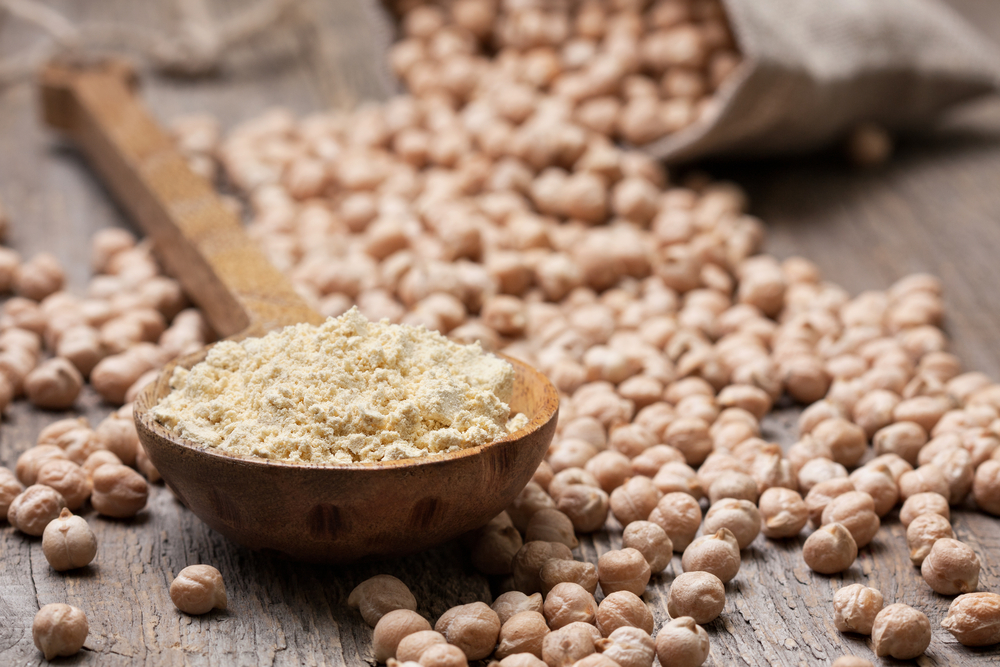
Chickpea flour has a slightly nutty flavor and a coarse texture. It is a good substitute for savory recipes such as fritters and pancakes. However, it may not work well in delicate baked goods.
Almond Flour
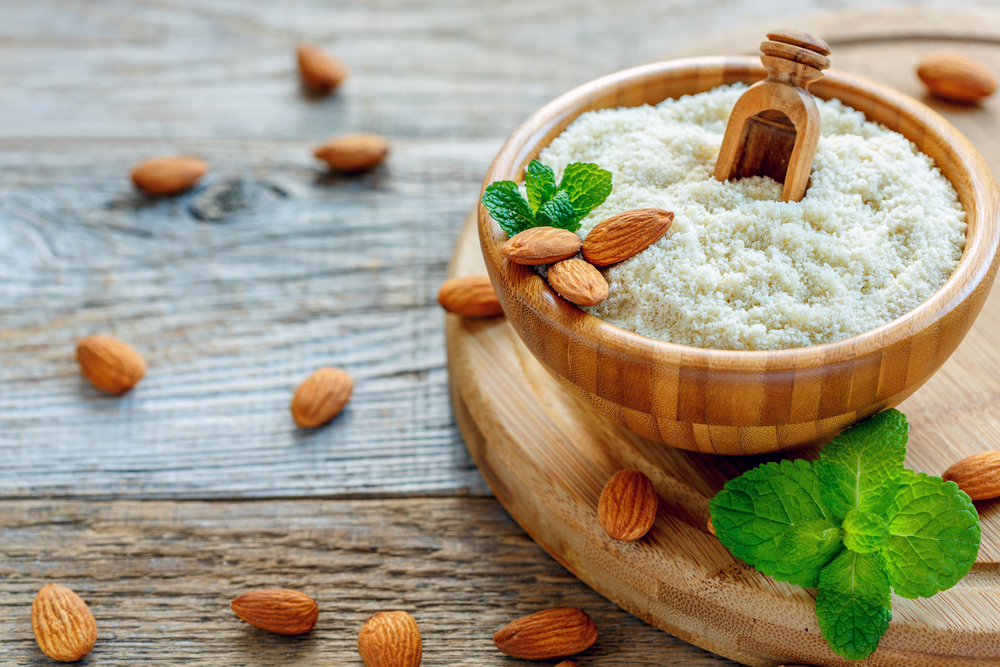
Almond flour has a nutty flavor and a coarse texture. It is a good substitute for sweet baked goods such as cakes and cookies. However, it can be expensive and may not work well in savory recipes.
Coconut Flour
Coconut flour has a mild coconut flavor and a fine texture. It is a good substitute for sweet baked goods such as muffins and pancakes. However, it can be dense and dry, so it may require additional moisture in the recipe.
Overall, when substituting rice flour, it is important to consider the texture and flavor of the substitute. Each substitute has its own unique properties that can affect the outcome of the recipe.
Using Substitutes in Recipes
When using substitutes for rice flour in recipes, it is important to keep in mind the purpose of rice flour in the original recipe. Rice flour is often used as a binder in gluten-free bread and as a versatile ingredient for thickening sauces and batters. Some of the best substitutes for rice flour include cornstarch, all-purpose flour, almond flour, and tapioca flour.
Cornstarch is a great substitute for rice flour when it comes to thickening sauces and gravies. It is a gluten-free option that works well in equal amounts to rice flour. All-purpose flour and cake flour are also good substitutes for rice flour in recipes that require a binder. However, they are not gluten-free and may not work well in recipes that need to be gluten-free.
Almond flour is an excellent substitute for rice flour in recipes that require a nutty flavor. It is also gluten-free and can be used in equal amounts to rice flour. Tapioca flour is another great substitute for rice flour in gluten-free recipes. It is a versatile ingredient that can be used as a thickener or binder in recipes.
Ancient grains such as sorghum flour and buckwheat flour are also great substitutes for rice flour. They are gluten-free and offer a unique flavor profile to recipes. However, they may not be as readily available as other substitutes.
When using substitutes for rice flour in recipes, it is important to keep in mind the texture and consistency of the final product. Xanthan gum can be added to recipes to improve the texture and help bind ingredients together. It is a versatile ingredient that is commonly used in gluten-free baking.
Overall, there are many great substitutes for rice flour in recipes. It is important to choose the right substitute based on the purpose of rice flour in the original recipe and the desired final product.
Frequently Asked Questions
What are some substitutes for rice flour in baking?
There are several substitutes for rice flour in baking. Some common ones include all-purpose flour, almond flour, quinoa flour, tapioca flour, and potato flour. Each of these substitutes has a slightly different texture and flavor, so it’s important to experiment to find the best one for your recipe.
How can I make rice flour at home?
To make rice flour at home, you can grind rice in a blender or food processor until it becomes a fine powder. It’s important to use a high-speed blender or food processor to ensure that the rice is ground finely enough. You can also use a grain mill to grind the rice.
Can I use cornflour as a substitute for rice flour?
Yes, cornflour can be used as a substitute for rice flour in some recipes. Cornflour is a good thickener and can be used in sauces and gravies. However, it has a different texture and flavor than rice flour, so it may not work in all recipes.
What is a good binding agent to use instead of rice flour?
Xanthan gum and guar gum are both good binding agents that can be used instead of rice flour. They are often used in gluten-free baking to help bind the ingredients together and create a better texture.
Is white rice flour a suitable substitute for regular flour?
White rice flour is not a suitable substitute for regular flour in most recipes. It has a different texture and flavor than regular flour and can result in a dense or crumbly texture in baked goods. It’s best to use a different substitute, such as all-purpose flour or almond flour.
What are some recipes that use rice flour?
Rice flour is commonly used in Asian cuisine to make noodles, dumplings, and other dishes. It can also be used in gluten-free baking to make cakes, cookies, and bread. Some popular recipes that use rice flour include rice flour pancakes, rice flour bread, and rice flour pizza crust.


